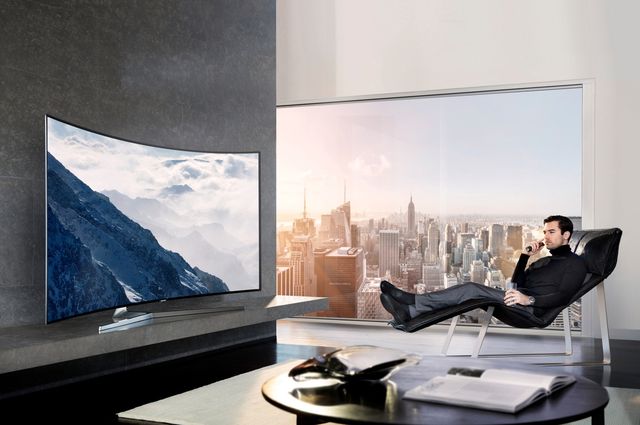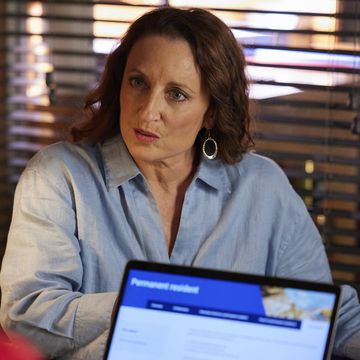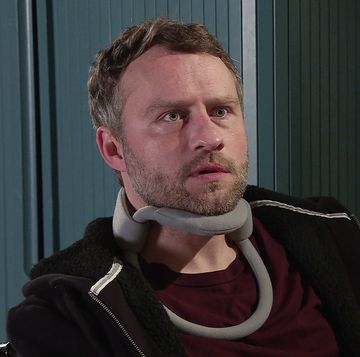We learnt three things about TVs as kids: sitting too close will give you square eyes, the remote is always under dad's control, and leaving the thing on standby will use so much electricity the family won't be able to afford to holiday outside the town limits for the next four years.
While we might now wear glasses and we're the ones hogging the remote, standby mode is no longer the scourge of our power bills.
TVs might have jumped from 18 inches to 55-inch monsters while being put on a serious tech Atkins, but they've become a lot more energy efficient. Instead of guzzling power like an electrically charged competitive eater, they now drip feed themselves the bare minimum of juice.
WHAT IS STANDBY MODE?
Related: Best TVs 2016
Standby mode is like putting your TV to sleep without fully turning it off. It allows it to turn on much more quickly than if fully powered down, meaning the results of that button press is almost instantaneous and you're not going to miss the start of The X Factor.
On standby mode, power isn't used for the TV's primary function, but can power a red notification light on an integrated digital clock, dependant on the model.
HOW MUCH DOES LEAVING MY TV ON STANDBY MODE COST?
Related: Is it safe to charge my phone overnight?
According to the Centre for Sustainable Energy (CSE), your TV is now one of the most energy efficient bits of equipment in your home, consuming less power on average per month than your hairdryer, iron or kettle – unless you're sporting an old boxy TV that is, in which case, seriously, what's wrong with you? Upgrade already.
While your old CRT might have guzzled northwards of £15 a year without even being switched on, modern flatscreen LCD units consume far less power. Obviously the exact amount of power your TV uses when on standby mode is going to vary slightly depending on the exact make and model. Whatever the brand, however, it won't require much power as all TVs now have to adhere to strict EU legislation when it comes to standby power usage.
As a result, according to EDF Energy, leaving your 32-inch TV on standby for a year would consume just 1.6W of power, at an annual cost of…
£1.91.
Far from the scary number you were expecting, right?
As well as not being enough to get your piggy bank worried, this minimal cost is considerably less than the standby charges for rarely used DVD players (£11.80), games consoles (£2.50), and even printers (£4.80).
You should probably unplug your smartphone, laptop and tablet when they're done charging, too, as these waste considerably more power and money than your TV.













